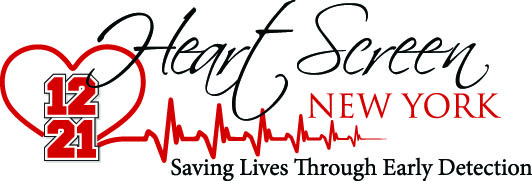7261
Students Screened
Cardiovascular Screening
The catastrophic death of a child or young adult during physical activity is a devastating event with compelling justification to implement effective preventive strategies. Cardiovascular screening in athletes is routinely practiced and endorsed by most major sporting and medical associations including the American Heart Association (AHA), European Society of Cardiology (ESC), and the International Olympic Committee (IOC). A substantial challenge to screening is that most apparently healthy individuals with unsuspected cardiovascular disease are asymptomatic, and SCA is the first clinical manifestation of cardiac disease in a significant percentage of athletes who suffer sudden death.A comprehensive personal and family history and physical examination are recommended components of cardiovascular screening. However, history and physical examination alone offer limited sensitivity in identifying youths at risk for SCD, The inclusion of a resting 12-lead electrocardiogram (ECG) in the cardiovascular screening of youths greatly increases the sensitivity to detect potentially lethal cardiac conditions. Integrated screening programs utilizing ECG, echocardiogram, detailed physical evaluation form and family history offer an early opportunity to reliably identify youths at risk. Early detection can reduce the rate of SCD in youth through appropriate medical intervention.
In recent years, contemporary standards of ECG interpretation using modern criteria to distinguish physiologic cardiac adaptations in athletes from underlying pathology have substantially reduced false-positive results and the need for unnecessary diagnostic evaluations. There is an urgent need to study a contemporary model of cardiac screening in the young to assist in the development and implementation of improved cardiovascular screening guidelines in the U.S.

